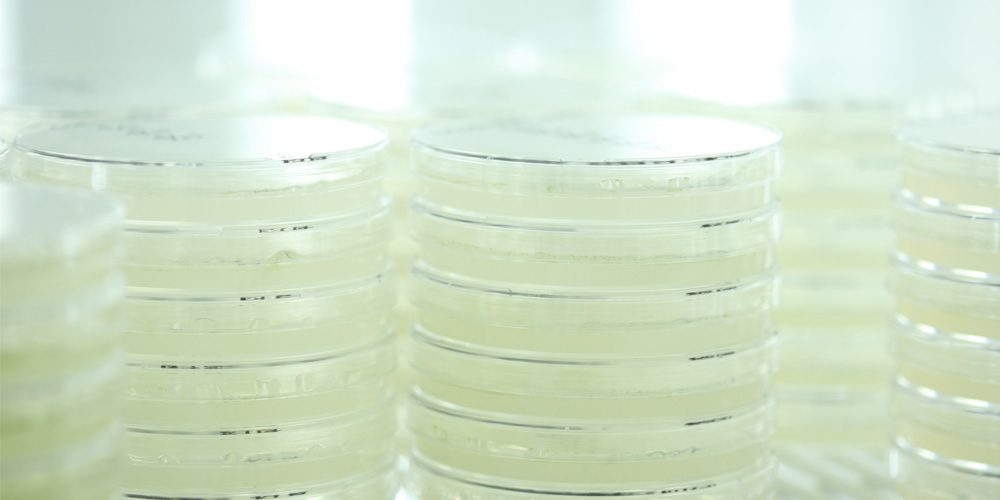
National Institute for Basic Biology




2017.10.24
The "Optogenetic" method of controlling the position of proteins in cells using light is becoming widely employed as an important method to understand intracellular signal transduction. In conventional methods short wavelength light, such as ultraviolet light or blue light, are commonplace. In 2009, Dr. Wendell A. Lim and others announced the PhyB-PIF system utilizing red light / near infrared light, but in order to use this system in animal cells the cyanobacterial photosynthetic pigment phycocyanobilin (PCB) must be added, this step greatly hindered the use of the PhyB-PIF system.
According to Professor Kazuhiro Aoki of the National Institute for Basic Biology "We focused on the heme present in mitochondria in animals, and based on this heme we aimed at synthesizing cyanobacterial photosynthetic pigment PCB inside animal cells". The research group has now succeeded in synthesizing PCB in animal cells directly by introducing four genes encoding cyanobacterial enzymes related to PCB synthesis.
In addition, the group succeeded in increasing the amount of PCB synthesis through disruption of the gene that encodes an enzyme called biliverdin reductase A, which is involved in the metabolism of PCB.
This makes it possible to use the PhyB-PIF system conveniently in animal cells. Using this system, the research group showed that optogenetic-manipulation of the Rac1 molecule, which regulates the actin cytoskeleton, can induce formation of a structure called lamellipodia.
Professor Aoki has said, "There are problems in using ultraviolet light and blue light in combination with GFP. On the other hand if red light / near infrared light is used, not only GFP can be used in conjunction, there are many other merits, such as optogenetics becoming possible in deeper parts of the tissue in living animals".
These results of this research were published in Proceedings of the National Academy of Sciences of the United States of America

Figure: Four enzymes required for PCB synthesis from heme (HO1, PcyA, Fd, Fnr). The research group succeeded in synthesizing PCBs in animal cells by
introducing these four enzyme genes.
###
Proceedings of the National Academy of Sciences of the United States of America
“Efficient synthesis of phycocyanobilin in mammalian cells for optogenetic control of cell signaling”
Youichi Uda, Yohei Goto, Shigekazu Oda, Takayuki Kohchi, Michiyuki Matsuda, Kazuhiro Aoki